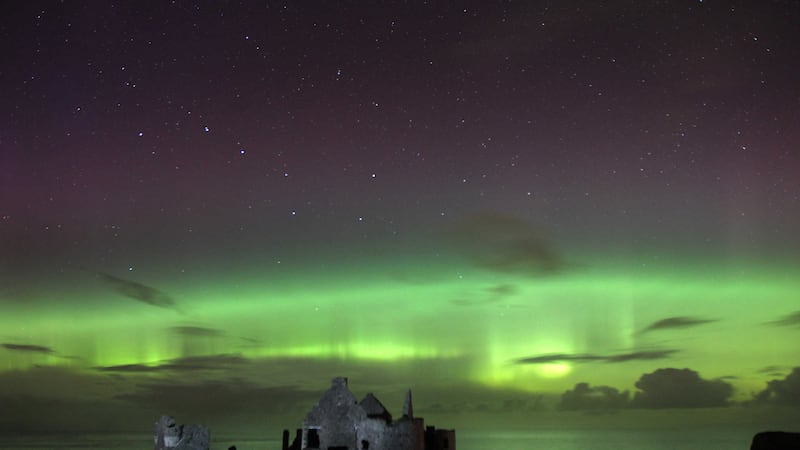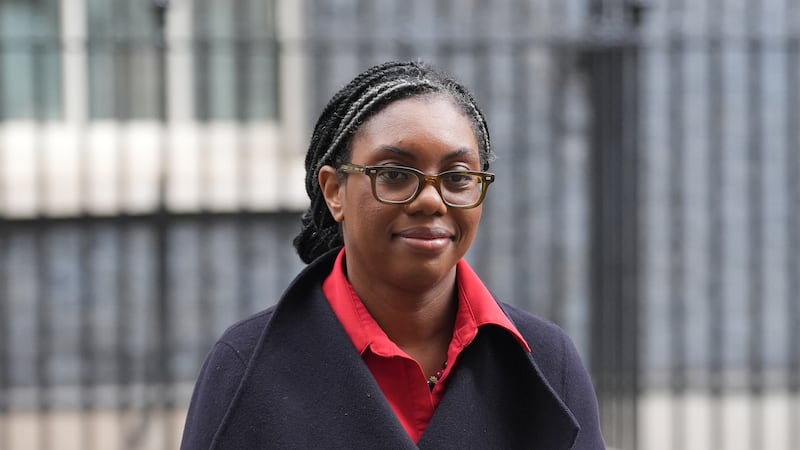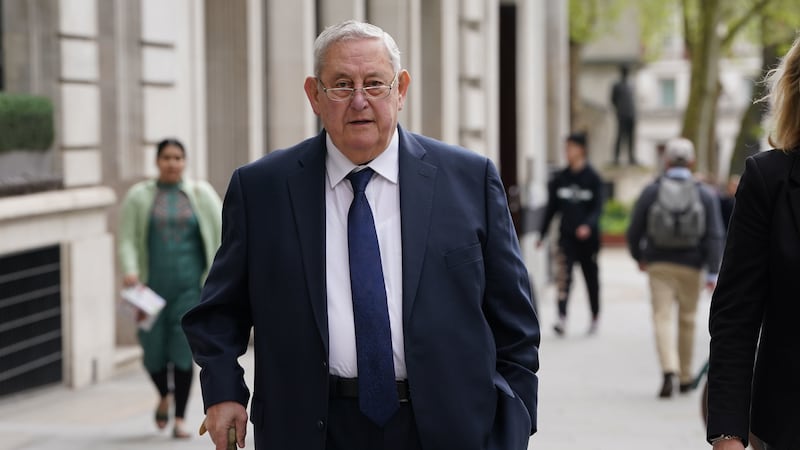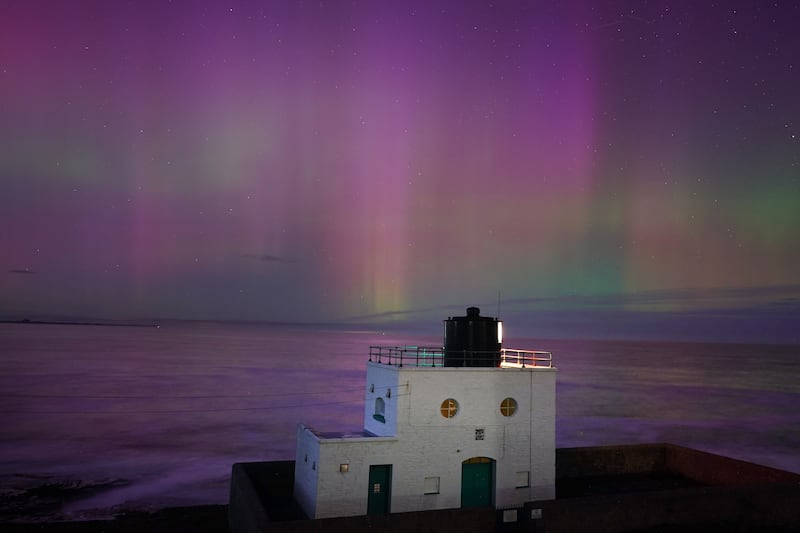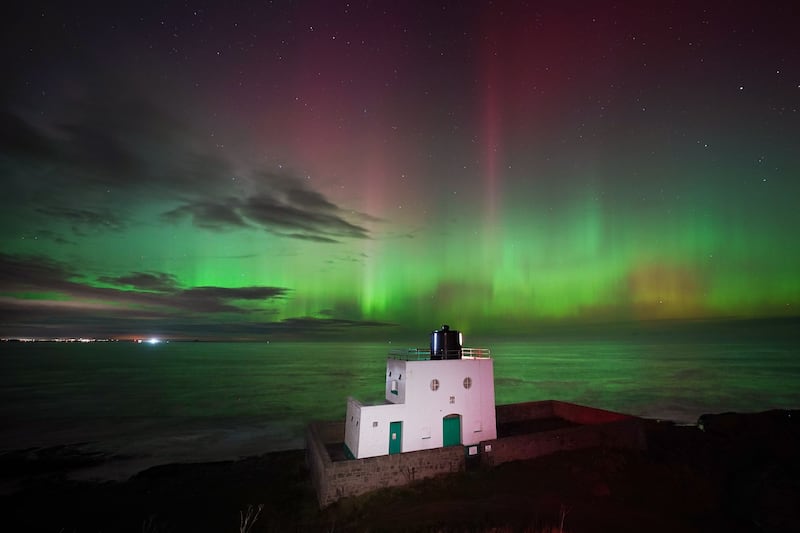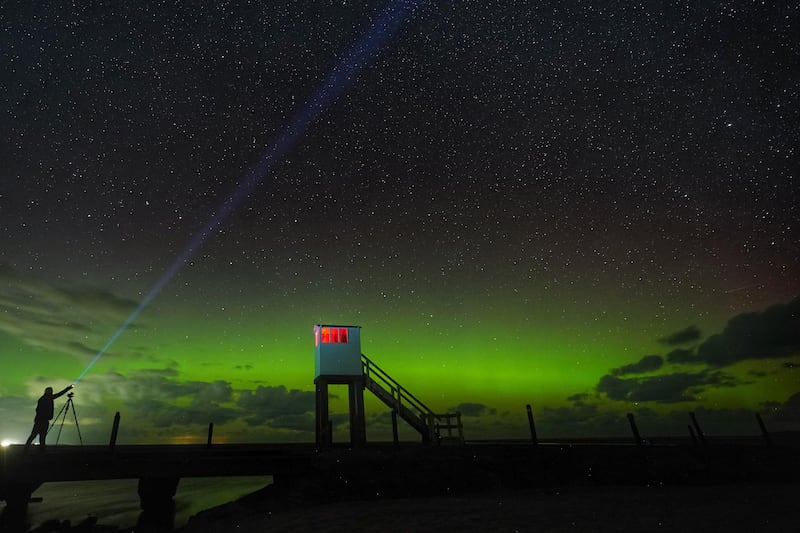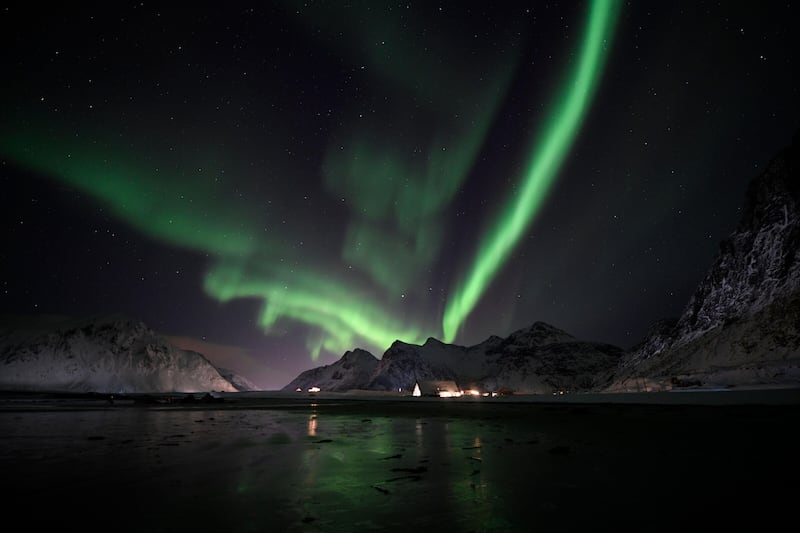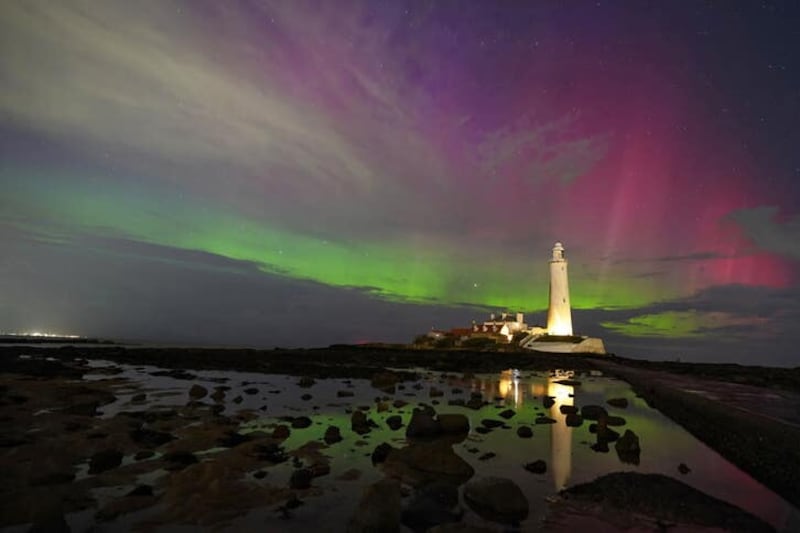SKIES over Ireland lit up with one of nature’s most spectacular phenomena sending camera buffs into a frenzy.
The cloudless heavens meant the Northern Lights or Aurora Borealis were clearly visible across the island, providing people with some breath-taking shots.
The UK’s Met Office have said there is an increased chance of seeing the multi-coloured display over the coming weeks because of a burst of solar wind.
A spokesman said: "We are now in a period, lasting a few weeks, where these two factors are working together to increase the chances of geomagnetic disturbances, which in turn bring with them the aurora.
"The strength of the disturbance directly relates to how far south the aurora is visible, or how far north if you are in the southern hemisphere, and of course you need clear skies to see it.
"The season of the year has an influence. The science behind this is not fully understood, but the two equinoctial periods in spring and autumn tend to produce an increase in aurora compared with winter and summer."
However, Professor Mark Bailey of Armagh Observatory warned that sky-watchers may be disappointed tonight because of heavy cloud cover.
“It’s worth going out though to have a look, just in case,” he said, adding: “What you really need is no mist, no fog and a clear horizon to the north.”
The phenomenon may have a major effect on those fortunate enough to witness it, but there is a very simple scientific explanation, occurring when gaseous particles in the Earth's atmosphere collide with charged particles released from the sun's atmosphere.
The vibrant colours of the aurora are actually produced by gases like oxygen (yellows and greens) and nitrogen (blues, purples, reds).
